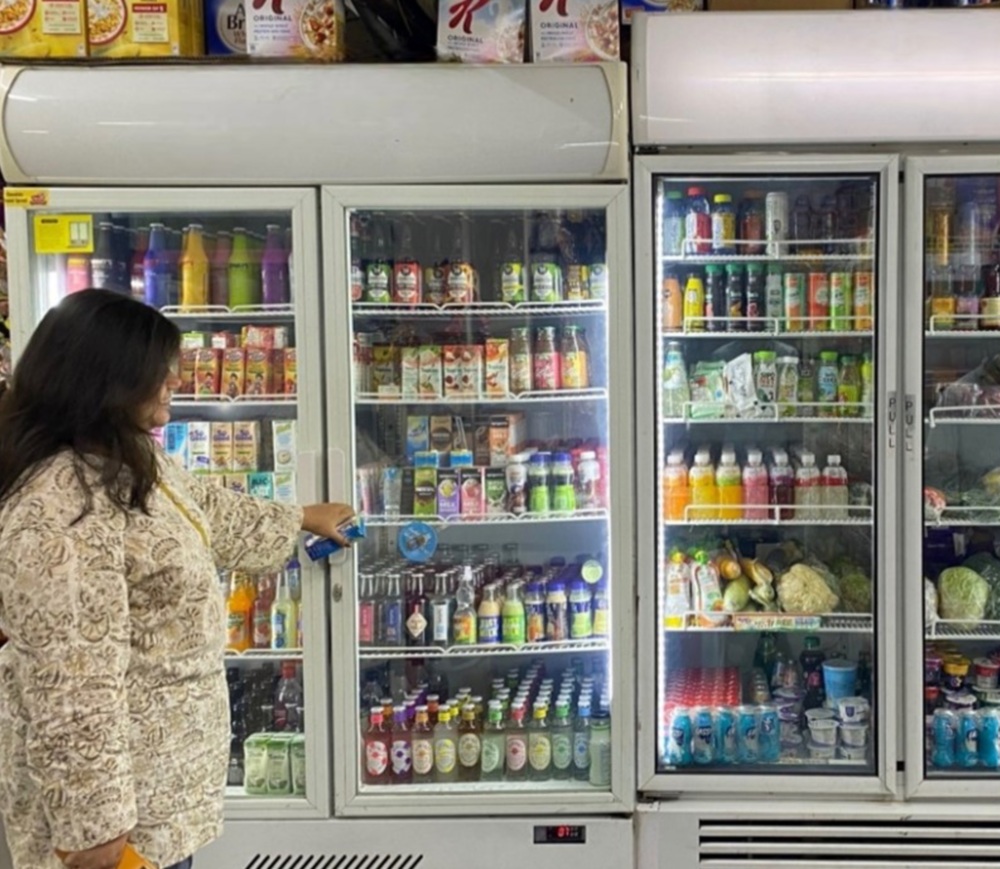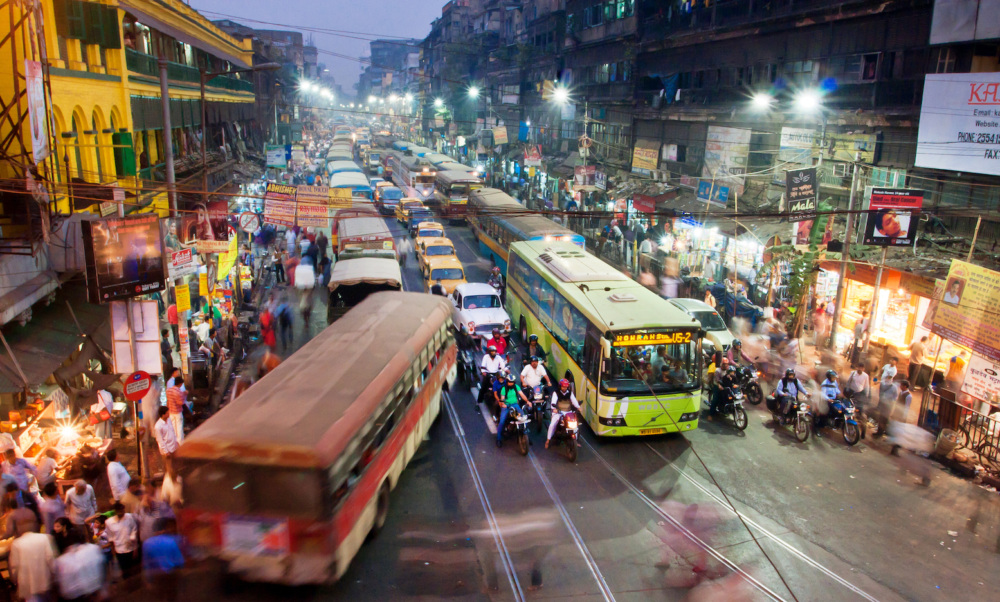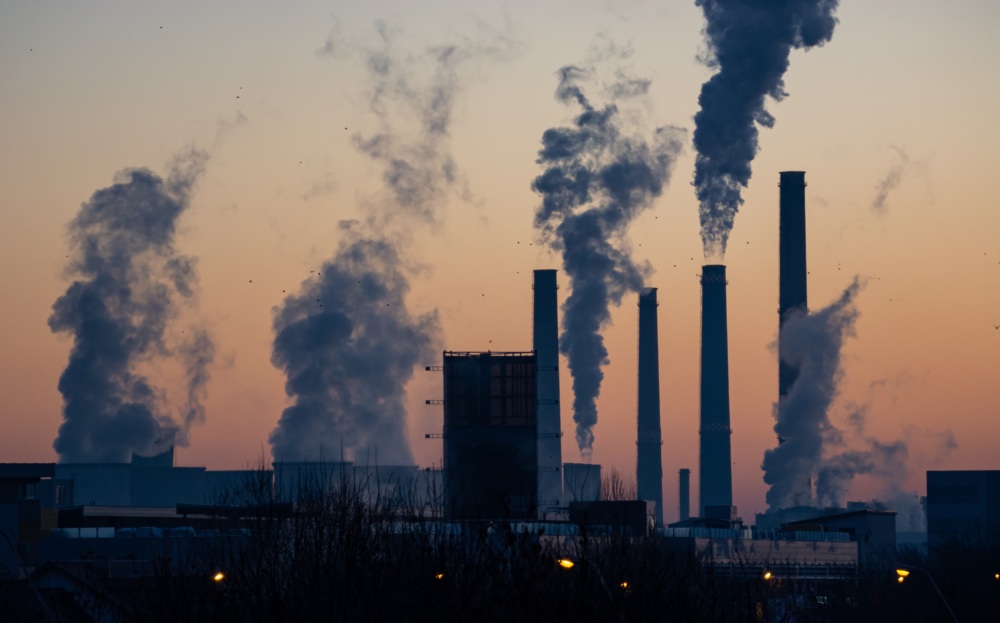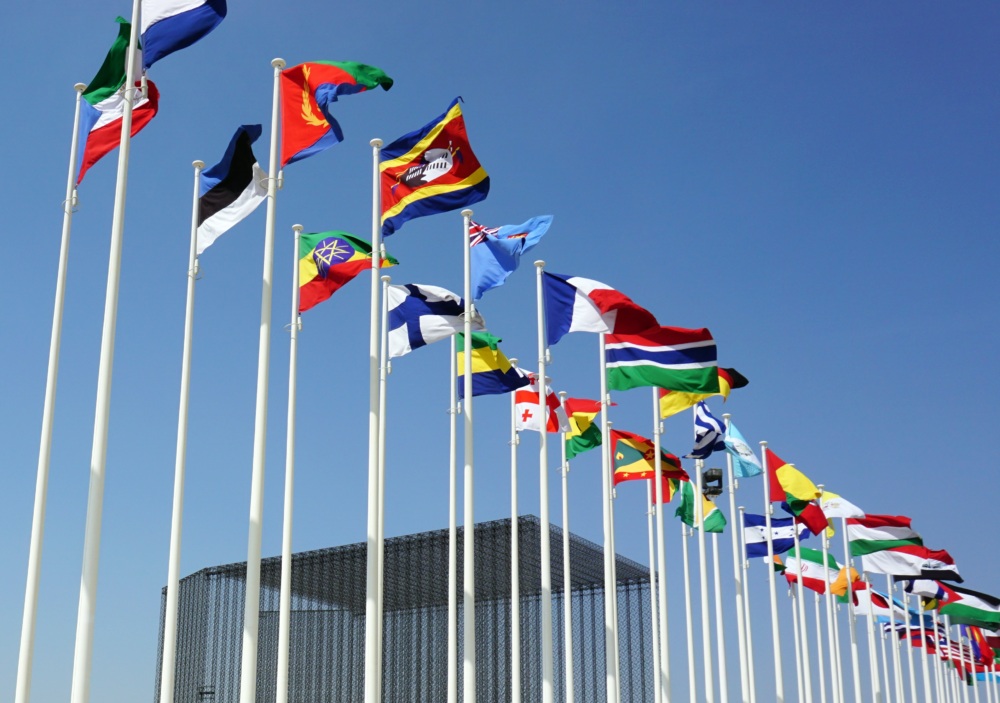2022 Technical & Economic Assessment of Mercury-Free Lighting: Global Overview & Regional Profiles
Summary
A Spotlight on Global Readiness for the LED Future
In April 2021, the African region proposed an amendment to Annex A of the Minamata Convention on Mercury to remove exemptions for mercury-containing fluorescent lamps, phasing out virtually all fluorescents by 2025. While fluorescent lamp exemptions may have been necessary in 2013 when the Convention was drafted, lighting technology has moved on rapidly – and today, the accessibility and affordability of mercury-free LED retrofit lamps makes the fluorescent lamp exemption unnecessary.
Over the last year, the Clean Lighting Coalition engaged partner organisations in 35 countries across Africa, Latin America and Asia-Pacific to gather price and performance information on over 1200 lightbulbs, including both mercury-containing fluorescent and LED retrofits from those markets. The evidence outlined in this report demonstrates the widespread availability of cost-effective, energy-efficient and retrofittable LED alternatives to fluorescent lamps.
Overall, this market research exercise has shown that around the world – in more than 35 countries and thousands of lamps analysed – the time to switch to mercury-free LED lighting is now. There are health, economic, energy and climate reasons to make the switch. Eliminating toxic fluorescent lighting will bring about positive outcomes for public and environmental health, and help to realise a more sustainable, healthier and more climate-friendly lighting market moving forward.
The body of this report is divided up into three Annexes for each of the three regions studied. Within each of those three Annexes, the data is desegregated into the seven key areas of consideration as countries determine if a fluorescent phase-out, as outlined in the African lighting amendment, is feasible at the national and regional level. Below the key sections are summarized:
- CO2 and Mercury Avoided: If the proposed African lighting amendment is adopted, this section uses lamp shipment projections from CLASP’s Mepsy model to provide regional and country-level projections of avoided CO₂ emissions and mercury releases cumulatively from 2025-2050. The data demonstrates that regions – and many individual countries – will experience significant reductions in CO2 and mercury emissions.
- Lighting Market Overview: Lighting markets are already transitioning to LEDs around the world, yet the legacy mercury-laden fluorescent lamps still linger, causing widespread mercury pollution and wasting energy. Adopting the proposed African lighting amendment will help to ensure the gradual transition to an all-LED market globally by 2025, in line with the IEA’s roadmap to achieve carbon neutrality by 2050. Furthermore, research demonstrates that adopting the proposed African lighting amendment will create new opportunities for local LED manufacturers to supply domestic and regional demand.
- Comparing Costs: LEDs vs. CFL/LFL: Transitioning to efficient LED lighting will result in significant cost savings for people, businesses and governments. By analyzing current price and performance data collected in these 35 countries, we found strong and compelling economics in all markets. On the general service lamps, LED lamps are in most cases less expensive than the compact fluorescent lamps (CFLs) they were designed to replace. For those countries, the payback is instantaneous – switching to mercury-free LED saves at the time of purchase and cuts the energy bill for lighting in half. For linear fluorescent lamps, LED retrofit tubes are also highly cost effective, with all countries reporting payback periods – meaning, the energy savings pays for the incremental higher price of the LED tube – in one year or less. Most countries had payback periods between 4 and 8 months – on LED tubes that then go on to last for years. Given that LED technology is continuing to improve and get cheaper over time, the positive economic case we are observing in 2021/22 will be even more compelling in 2024/25 – the effective years in the proposed African lighting amendment.
- Energy Efficiency Comparison: Each of the regions presents a comparison of the efficacy of light produced between linear fluorescent lamps and LED linear retrofit lamps, and between compact fluorescent lamps and LED lamps. In all cases, the average efficacy and the range of efficacies is higher for LED than for fluorescent. In the market comparisons, researchers found that LED lamps typically had approximately half the wattage of fluorescent lamps, yet produced an equivalent amount of light when installed in a fixture.
- Lighting Policy & Legislative Landscape: In this section, a brief summary of relevant policies and programmes that relate to lighting issues in the region are presented and discussed. Hyperlinks are provided which give access to more information.
- Compatibility / Retrofits for LED tubes: LED lamps have been designed to have the same form, fit and function as the fluorescent lamps that they are replacing. In each of the markets researched, direct, drop-in replacement lamps were found that could be used in both compact fluorescent and linear fluorescent lighting applications. LED retrofits are widely available, have high rates of compatibility – particularly in developing and emerging markets which have a higher share of magnetic (choke) ballasts, on which LED lamps have re 100% compatibility. Overall, using manufacturer literature published in both Europe and North America, LED retrofits have been found to be available for more than 90% of the applications in the field.
- End of Life Management for Lighting: Collecting fluorescent lamps at the end of life is a global problem that has existed since the introduction of fluorescent lamps. Mercury released during the lifecycle of fluorescent lamps contaminate the atmosphere, land and water. This contamination may occur from lamp breakage when old lamps are mixed with general household waste, and during installation, collection or transport of discarded lamps, processing or recycling of spent lamps, or when lamps are landfilled, incinerated or otherwise disposed of. Each of the regional reports discusses the very low rates of recovery at end of life – for example only 4% recovery in Southern Africa, 1.3% in Eastern Africa and close to 0% in other parts. This means that virtually all the mercury from fluorescent lamps is going to landfills and is polluting the soil and water, and may poison vulnerable people for years to come. The best, lowest cost solution to this problem is simply to stop importing, buying, and/or selling the fluorescent lamps – turn the mercury tap off – and transition to cost-effective LED lamps.
- Annexes of Country Level Data: For each of the countries where data was gathered, there is one or two pages of more detailed national-level information of interest. First, a table is provided which gives the mercury, electricity, CO2 and financial savings associated with the proposed African Lighting Amendment. Next, a few bullet points are presented which provide relevant information on fluorescent and LED lamps in that country. Finally, there are one or two economic tables which compare fluorescent lamps with mercury-free LED retrofit lamps. In these tables, detail is given on the price in both local currency and USD, the running costs, the payback period and the total lifetime cost of light. These comparisons demonstrate that LED lighting is highly cost effective, in all of the markets analysed. And again, the cost-effectiveness is established based on 2021 / 22 LED prices and performance, in 3-4 years time when the proposed African Lighting Amendment would take effect, the LED lamps will be even cheaper and more efficient, meaning the economics will be even more attractive.









